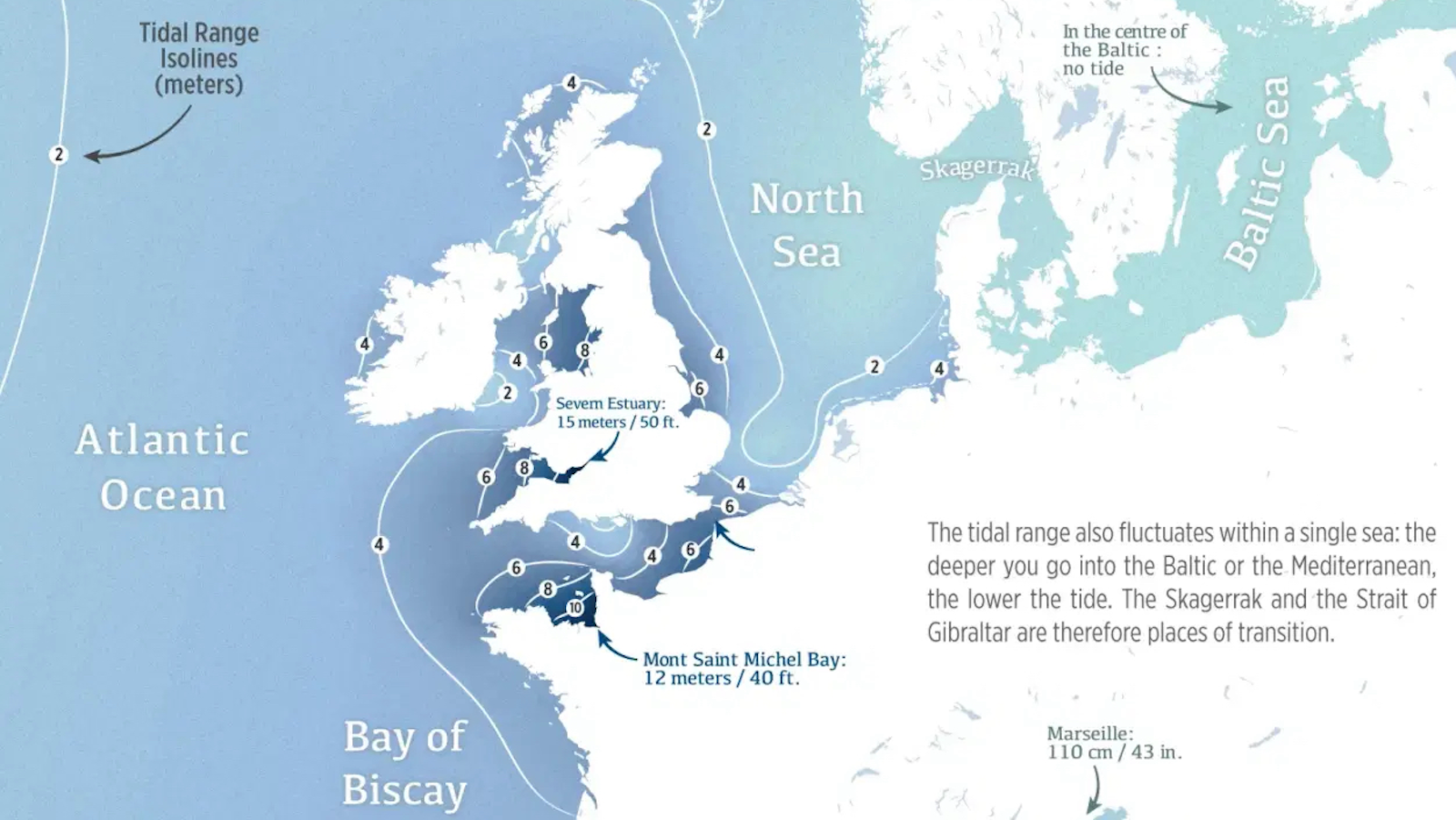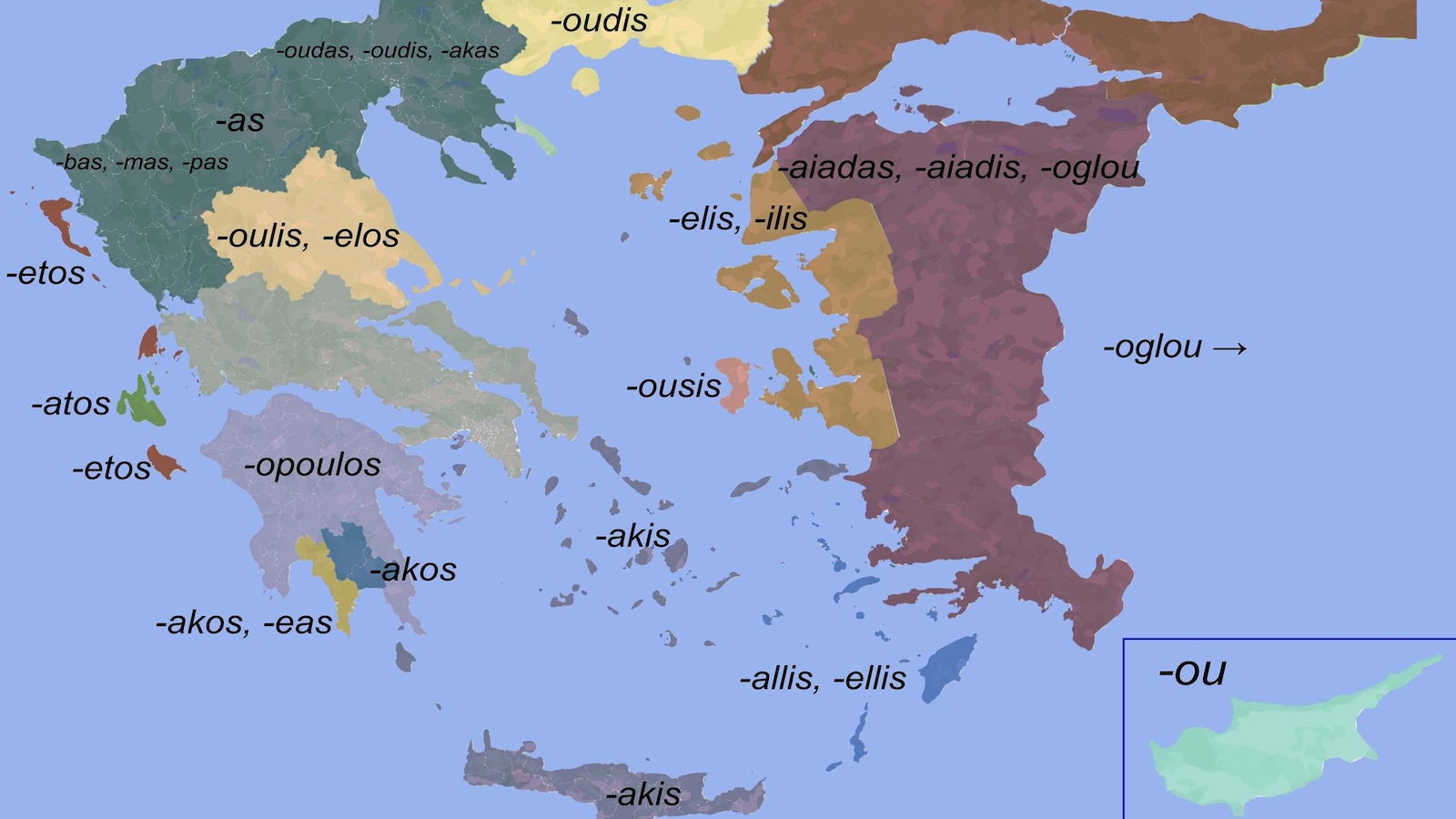409 – A Map of FDR’s Vacation

Whether out of financial prudence or budgetary necessity, the annual summer vacation has been a “staycation” for millions of families during this recession year. Local attractions have had to do, far-flung destinations will have to wait.
US presidents are not subject to the same level of financial stringency – at least not on a personal level: the presidential salary (*) easily allows for a luxurious trip to anywhere in the world. However, for reasons more to do with political symbolism, presidents choose to holiday domestically (**). Most recently, the Obamas vacationed on Martha’s Vineyard, the island off the Massachusetts coast also favoured by the Clintons during Bill’s presidency.
Because the exclusive, snobbish image of the Vineyard clashes with the economic hardships many Americans are now experiencing, President Obama felt obliged to defend the “quality time” he got to spend with his family there. President Clinton was advised to stay away from the island for a while in order not to appear ‘out of touch’ with ordinary Americans.
Clearly, president Roosevelt did not have similar concerns in 1935. Even though the country was still suffering from the Great Depression, FDR went out of country to go deep-sea fishing off the Pacific coast of Mexico – but he did combine work with pleasure:
Many thanks to Dan Anderson for sending in this map, taken form an (unspecified) newspaper from Green Bay, WI.
(*) $400,000 a year since the last raise in 2001, not including travel expenses of $50,000 a month and other perks.
(**) Abraham Lincoln left the White House for extended periods, but only went to Soldier’s Home, on a hill still inside the District of Columbia. Probably wise for a wartime leader not to travel too far away from the office. Several more recent presidents delighted in the downtime spent on their ranches. Lyndon Johnson loved to spend time on his ranch in Texas, where he had a herd of 400 Hereford cattle. Ronald Reagan spent a lot of time on horseback at his Rancho del Cielo near Santa Barbara, CA. George W. Bush broke the record for most days spent on presidential vacation while clearing brush on his ranch in Crawford, TX. Others vacationed according to their dynasty. The Kennedys had made Hyannis Port, MA their family resort, and the Kennebunkport, ME mansion favoured by George Bush (Sr) has been in the family since the early 20th century. Still others mix work and pleasure to such an extent that their holiday homes became known as the ‘Florida White House’ (Richard Nixon’s place in Key Biscayne, FL), the ‘Western White House’ (the same’s mansion in San Clemente’ CA), the ‘Little White House’ (Harry Truman’s Key West pad, used before him by president Taft and Thomas Edison, and after him by presidents Eisenhower and Kennedy). Another ‘Little White House’ was the pine house built for FDR in Warm Springs, GA. The president felt the springs after which the town was named were beneficial for the symptoms of his polio. He died in that house in 1945.





